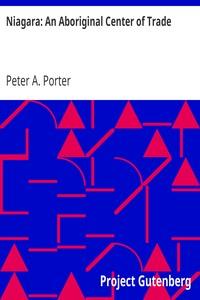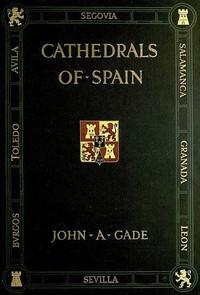Read this ebook for free! No credit card needed, absolutely nothing to pay.
Words: 11807 in 3 pages
This is an ebook sharing website. You can read the uploaded ebooks for free here. No credit cards needed, nothing to pay. If you want to own a digital copy of the ebook, or want to read offline with your favorite ebook-reader, then you can choose to buy and download the ebook.

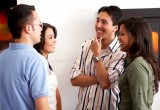
: Lectures on Horsemanship Wherein Is Explained Every Necessary Instruction for Both Ladies and Gentlemen in the Useful and Polite Art of Riding with Ease Elegance and Safety by Unknown - Horsemanship
I insist farther that the horseman never avails himself of the strength or help of his thighs, except he lets his whole weight rest upon the center, as before described; because the closer he presses them to the saddle, the more will he be lifted above the saddle on any sudden or iregular motion of the Horse.
The head should be free, firm and easy, in order to be ready for all the natural motions that the horseman may make in turning to one side or the other. It should be firm, that is to say, strait, without leaning to the right or left, neither advanced nor thrown back; it should be easy because if otherwise it would occasion a stiffness, and that stiffness affecting the different parts of the body, especially the back bone, the whole would be without ease and constrained.
The shoulders alone influence by their motions that of the breast the reins and waist.
The horseman should present or advance his breast, by that his whole figure opens and displays itself; he should have a small hollow in his reins, and push the waist forward to the pommel of the saddle, because this position corresponds and unites him to all the motions of the horse.
Now only throwing the shoulders back, produces all these effects, and gives them exactly in the degree that is requisite; whereas if we were to look for the particular position of each part seperately and by itself, without examining the connection that there is between the motions of one part with those of another, there would be such a bending in his reins that the horseman would be, if I may so say, hollow backed; and as from that he would force his breast forward and his waist towards the pommel of the saddle, he would be flung back, and must sit upon the rump of the horse.
The arms should be bent at the elbows, and the elbows should rest equally upon the hips; if the arms were strait, the consequence would be, that the hands would be too low, or at too great a distance from the body; and if the elbows were not kept steady, they would of consequence, give an uncertainty and fickleness to the hand, sufficient to ruin it for ever.
It is this which determines the situation of the hand which holds the whip; the left hand being of an equal heighth with the elbow; so that the knuckle of the little finger, and the tip of the elbow be both in a line, this hand then being rounded neither too much nor too little, but just so that the wrist may direct all its motions, place your right hand, or the whip hand, lower and more forward than the bridle hand. It should be lower than the bridle hand because if it was upon a level with it, it would restrain or obstruct its motions; and were it to be higher, as it cannot take so great a compass as the bridle hand, which must always be kept over against the horseman's body: it is absolutely necessary to keep the proportion of the elbows, that it should be lower than the other.
The legs and feet make up the second division of what I call the moveable parts of the body: the legs serve for two purposes, they may be used as aids or corrections to the horse, they should then be kept near the sides of the horse, and in a perpendicular line with the horseman's body; for being near the part of the horse's body where his feeling is most delicate, they are ready to do their office in the instant they are wanted. Moreover, as they are an apendix of the thighs if the thigh is upon its flat in the saddle, they will by a necessary consequence be turned just as they ought, and will infallibly give the same turn to the feet, because the feet depend upon them, as they depend upon the thighs.
The toe should be held a little higher then the heel, for if the toe was lowest the heel would be too near the sides of his horse and would be in danger of touching his horse with his spurs at perhaps the very instant he should avoid such aid or correction.
Many persons notwithstanding, when they raise their toe, bend and twist their ankle as if they were lame in the part. The reason of this is very plain; because they make use of the muscles in their legs and thighs, whereas they should only employ joint of the foot for this purpose,
Such is in short the mechanical disposition of all the parts of the horseman's body.
These ideas properly digested the practitioner will be able to prescribe rules for giving the true and natural Seat, which is not only the principles of justness, but likewise the foundation of all grace in the horseman, of course, the first endeavour of those who wish to become horsemen, should be to attain a firm and graceful seat: the perfection of which, as of most other arts and accomplishments depend upon the ease and simplicity with which they are executed, being free from affectation and constraint as to appear quite natural and familiar.
Free books android app tbrJar TBR JAR Read Free books online gutenberg
More posts by @FreeBooks

: Garth and the Visitor by Stecher L J Jr Francis Dick Illustrator - Science fiction; Short stories Science Fiction
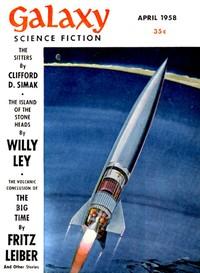
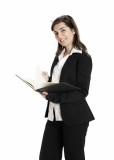
: Niagara: An Aboriginal Center of Trade by Porter Peter A Peter Augustus - Niagara Falls (N.Y. and Ont.) History; Niagara Falls (N.Y. and Ont.) Commerce History
